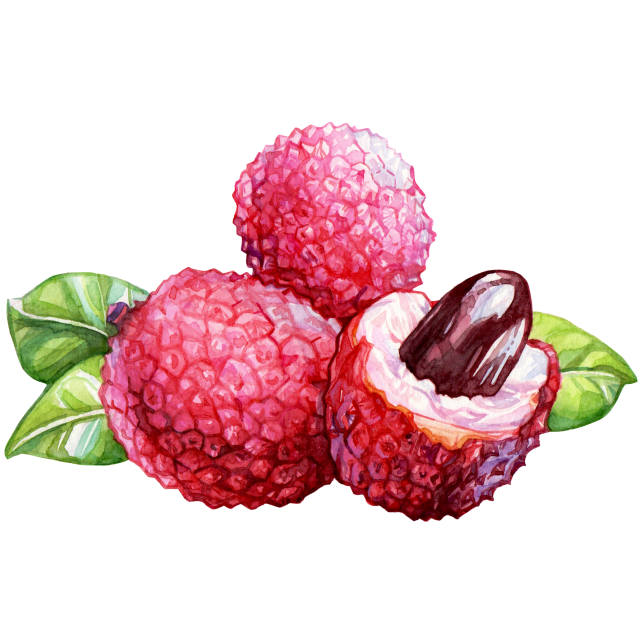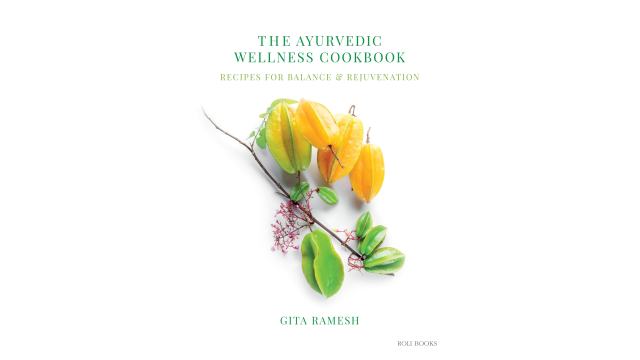Rambutan

Latin name: Nephelium lappaceum
Uses: fruit
What are rambutans?
This hairy red or yellow tropical fruit is related to lychee, longan, and ackee (all are in the soapberry family).
Why are rambutans healthy?
Rambutans are high in soluble and insoluble fiber, vitamins (especially B5, C, and folate) and minerals, notably potassium. Their high antioxidant content makes them useful in reducing the risk of several chronic conditions, and folate is essential for anyone wishing to become pregnant or who is carrying a child.
What do rambutans taste like?
Rambutans have a tropical-floral flavor similar to lychee, though a bit sweeter and less musky. Like lychee, the juicy-springy texture and translucent-white color of the fruit is sort of reminiscent of an eyeball, which makes it a pretty fun addition to Halloween snack trays.
How do I use rambutans?
To access the rambutan’s fruit, simply slice and peel back the soft-spiny hull, then remove the seed. From there, you can use it the same ways as you would any other tropical fruit. Smoothies, sorbets, and fruit salads seem par for the course, as well as sticky rice puddings and creamy jellies.
What do rambutans pair well with?
You can pair them with intense flavors like chile and lime. In Indonesia they’re used in a spicy and sweet/sour pickle called asinan, similar to Indian fruit pickles. The flavor of rambutan also plays well with ginger, lemongrass, coconut, and curry spices. Don’t be afraid to add it to savory dishes.
Where do rambutans grow?
Rambutans are native to Malayasia but are grown in other tropical regions of Southeast Asia, as well as Zanzibar (it was brought by Arab traders during the period before Portuguese colonization in the late 15th century), South Asia, and South and Central America.
How to buy rambutans:
Look for them in Asian markets, but they can be difficult to source thanks to a very short shelf life (they begin shriveling up just three days after harvest). They’re typically sold in mesh bags, so pick a batch with intact skins (best as you can see) and stash them in the fridge for up to two weeks.
Fun rambutan fact:
Rambutans feature in the afterlife myths of Malay people. The fruits spring from one branch of the Mapik tree, which grows in Belet (the Malay afterworld). Only the souls of the good may partake of the tree’s gifts, which include rice, durian, and flowers (milk flows from the base of the tree, so the ghosts of babies and children can eat too).


